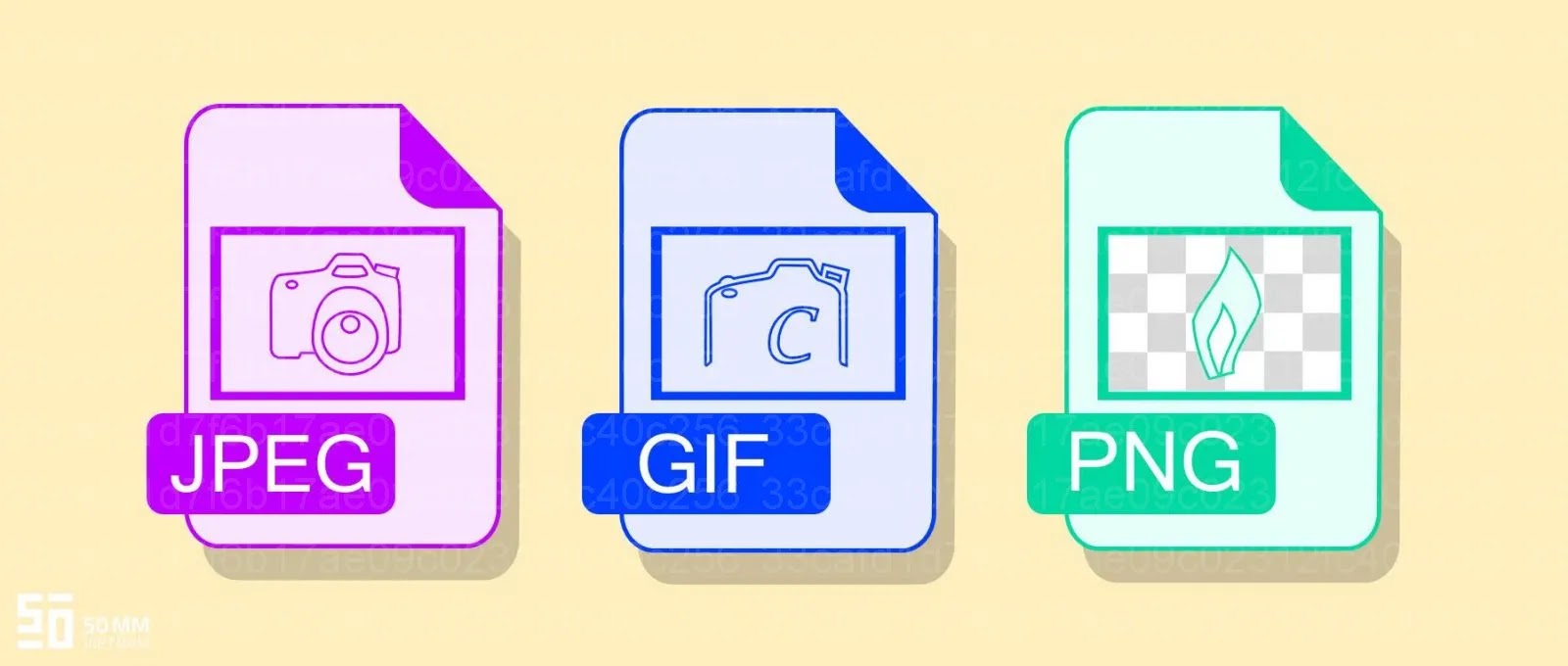Images play an important role in attracting readers and enhancing the aesthetics of your blog, but large images can slow down page loading speeds and affect user experience. Optimizing image size is one of the most effective methods to improve page loading speed, thereby making your blog more user- and search engine-friendly. In this article, we’ll learn how to optimize blog image sizes for best performance.
Why is it necessary to optimize image size?
Images that are too large or unoptimized can slow down page loading speeds, affect user experience, and even your blog’s SEO rankings. Here are some reasons you need to optimize image size:
- Increase page loading speed: Optimized images will help pages load faster, retain readers, and reduce bounce rates.
- Improve user experience: Users do not have to wait long when accessing the blog, which helps increase satisfaction levels.
- Optimized for SEO: Google appreciates pages that load quickly, which helps improve your blog’s SEO rankings.
- Save bandwidth: Smaller images will help reduce bandwidth consumption and server storage costs.

How to Optimize Image Size on Blog
Here are steps and tools to help you optimize image size effectively:
1. Choose the Right Image Format
Choosing the right image format can help you reduce file size without losing image quality. Here are three popular image formats:
- JPEG: Suitable for images with a lot of detail, such as photos. JPEG compresses images well without losing too much quality.
- PNG: Suitable for images with transparent backgrounds or high quality requirements. However, PNG file sizes are typically larger than JPEGs.
- WebP: This is a new image format developed by Google, with better compression than JPEG and PNG but still retains high quality.
2. Use Image Compression Tool
Image compression helps reduce file size without significantly reducing image quality. You can use online tools to compress images before uploading to your blog. Some popular tools include:
- TinyPNG: Compresses PNG and JPEG images effectively while preserving quality.
- Image Compressor: Reduce image size with powerful compression.
- Squoosh: Google’s tool allows you to compress images and preview the results instantly.
Compress all images before uploading to your blog to ensure the smallest file size while maintaining the best quality.
3. Adjust Image Size Appropriately
There’s no need to upload images larger than the size displayed on your blog. Adjust the image size to fit the width of the blog page or article:
- For full-screen images: Sizes 1200px to 1600px width are ideal.
- For images in content: Size 800px to 1200px is suitable.
- For small images like icons or thumbnails: Size 300px to 500px.
You can use image editing software like Photoshop, GIMP or Canva to resize images.
4. Use Lazy Loading for Images
Lazy loading is a technique of loading images only when the user scrolls the page to the location of that image. This helps speed up the initial page load because all the images don’t have to be loaded at once.
You can enable lazy loading on Blogger by editing the HTML code and adding attributes loading="lazy" to the card <img>. For example:
<img src="image.jpg" alt="Mô tả hình ảnh" loading="lazy" style="max-width: 100%; height: auto;">
Lazy loading helps improve page loading speed, especially with pages with many images.
5. Use a Content Delivery Network (CDN)
Using a CDN (Content Delivery Network) is another way to optimize image loading. CDN stores your images on multiple global servers, thereby helping to load images faster for users from the nearest location.
Popular CDN services include:
- Cloudflare: One of the popular and free CDN services.
- Fastly: Powerful CDN service with high performance.
- Amazon CloudFront: Amazon’s CDN service helps optimize loading speed.
6. Use WebP Format
WebP is a modern image format developed by Google that reduces image file size while maintaining high quality. Compared to JPEG and PNG, WebP has smaller file sizes but still provides sharp images.
You can use format converter like Convertio or Squoosh to convert JPEG or PNG images to WebP format before uploading to the blog.
Effective Image Optimization Tips
- Choose the right format: Use JPEG for colorful images, PNG for images with transparent backgrounds, and WebP for best optimization.
- Compress images: Compress images before uploading to reduce file size without affecting quality.
- Use Lazy Loading: Load images only when necessary to reduce initial page load time.
- Take advantage of CDN: Use a content delivery network to load images faster for users globally.
Optimize images
Optimizing blog image sizes is an important part of increasing page load speed and improving user experience. By compressing images, choosing the right format, using lazy loading and a CDN, you can reduce image file size while maintaining high quality. Hopefully with the above instructions, you will easily optimize images for your blog and create a smooth experience for readers. Wish you success!

